Valorant map rotation is a system implemented by Riot Games to keep the game fresh and balanced. With 11 standard maps currently available in Valorant, it can be overwhelming for players to master each one. The map rotation addresses this by selecting a smaller pool of maps for competitive play, allowing players to focus on mastering a select few at a time.
Valorant map rotation is not merely a random selection of maps. Riot Games carefully curates the map pool to ensure a balanced and diverse gameplay experience. The chosen maps vary in size, layout, and strategic elements, requiring players to adapt their strategies and agent selections accordingly.
What is in Valorant map rotation?
The current Valorant map rotation includes seven maps:
- Sunset
- Ascent
- Bind
- Lotus
- Icebox
- Haven
- Abyss (coming in Patch 9.0)
These maps offer a diverse range of environments and tactical possibilities, from the sun-drenched streets of Los Angeles in Sunset to the icy terrains of Icebox. Each map presents unique challenges and opportunities, requiring players to adjust their playstyles and team compositions.
The Valorant map rotation undergoes changes over time to keep the game fresh and prevent stagnation. Riot Games regularly evaluates the map pool based on player feedback, professional play data, and overall balance considerations. Maps may be removed or added to the rotation based on their performance and impact on the competitive landscape.
Let’s take a closer look at the stars of the Valorant map rotation and how to be successful at them at the Valorant 8.11 patch!
Ascent: Mastering the mid-control game
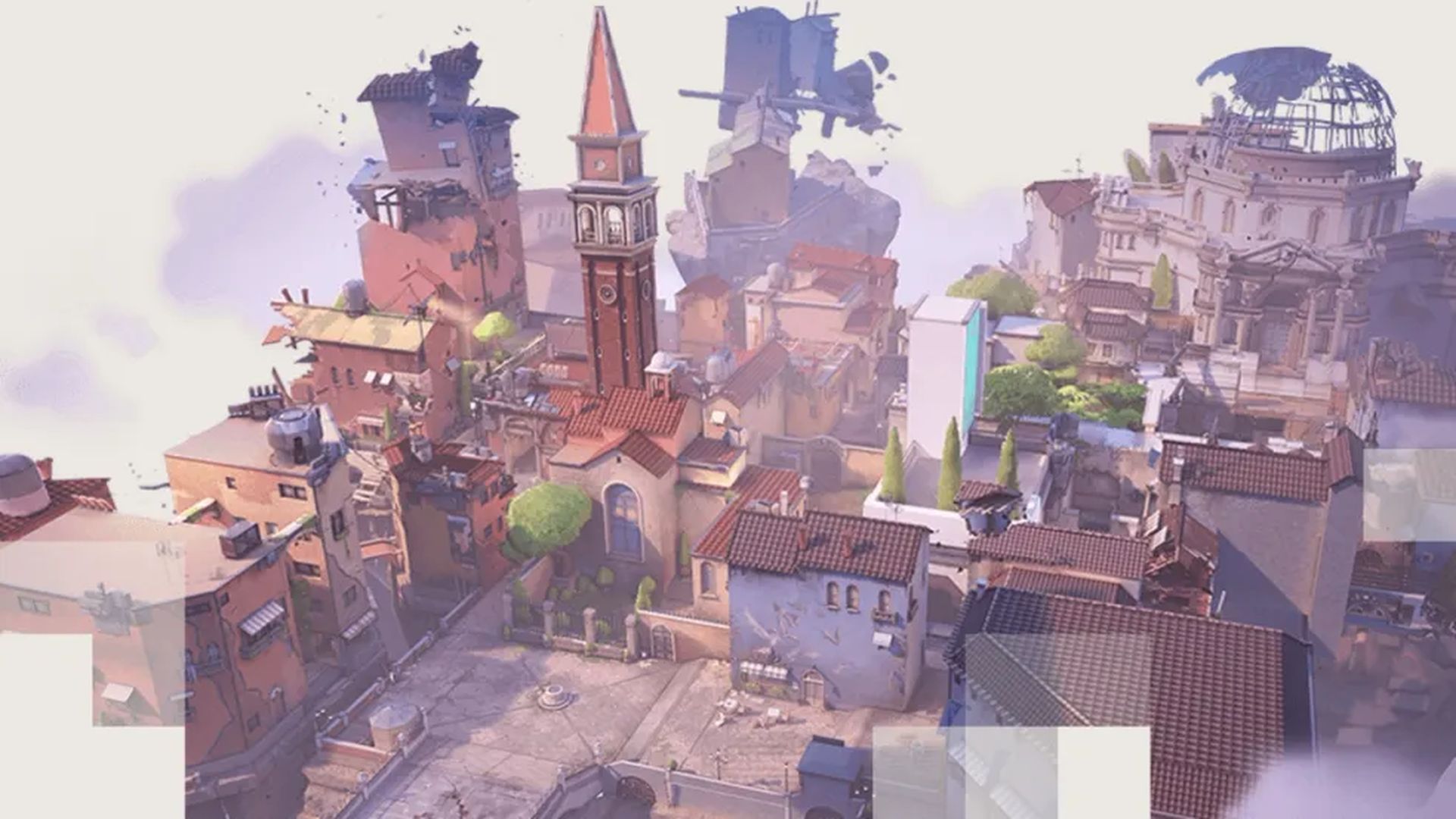
Ascent, a map that has remained relatively unchanged since its launch, continues to be a staple in the Valorant map rotation. Its defining feature is the switch-activated doors leading to each site, although Sunset now shares this feature. The two maps share similarities in aesthetics and strategy, with mid-control being a crucial factor in determining the outcome of a match.
To excel on Ascent, teams must focus on securing mid-control early in the round. This allows for better rotations and map control, giving the team an advantage when it comes to executing site takes. Agents like Jett and Omen, with their mobility and smokes, are valuable assets for controlling mid and creating opportunities for their team.
Another key aspect of Ascent is utilizing the switch-activated doors effectively. Defenders can use these doors to their advantage by delaying attackers and creating crossfire opportunities. Attackers, on the other hand, can use them to surprise defenders and quickly gain access to a site. Understanding the timings and positioning of these doors is crucial for both sides, impacting the dynamics of the Valorant map rotation on this map.
Bind: Teleporters and close-angle encounters
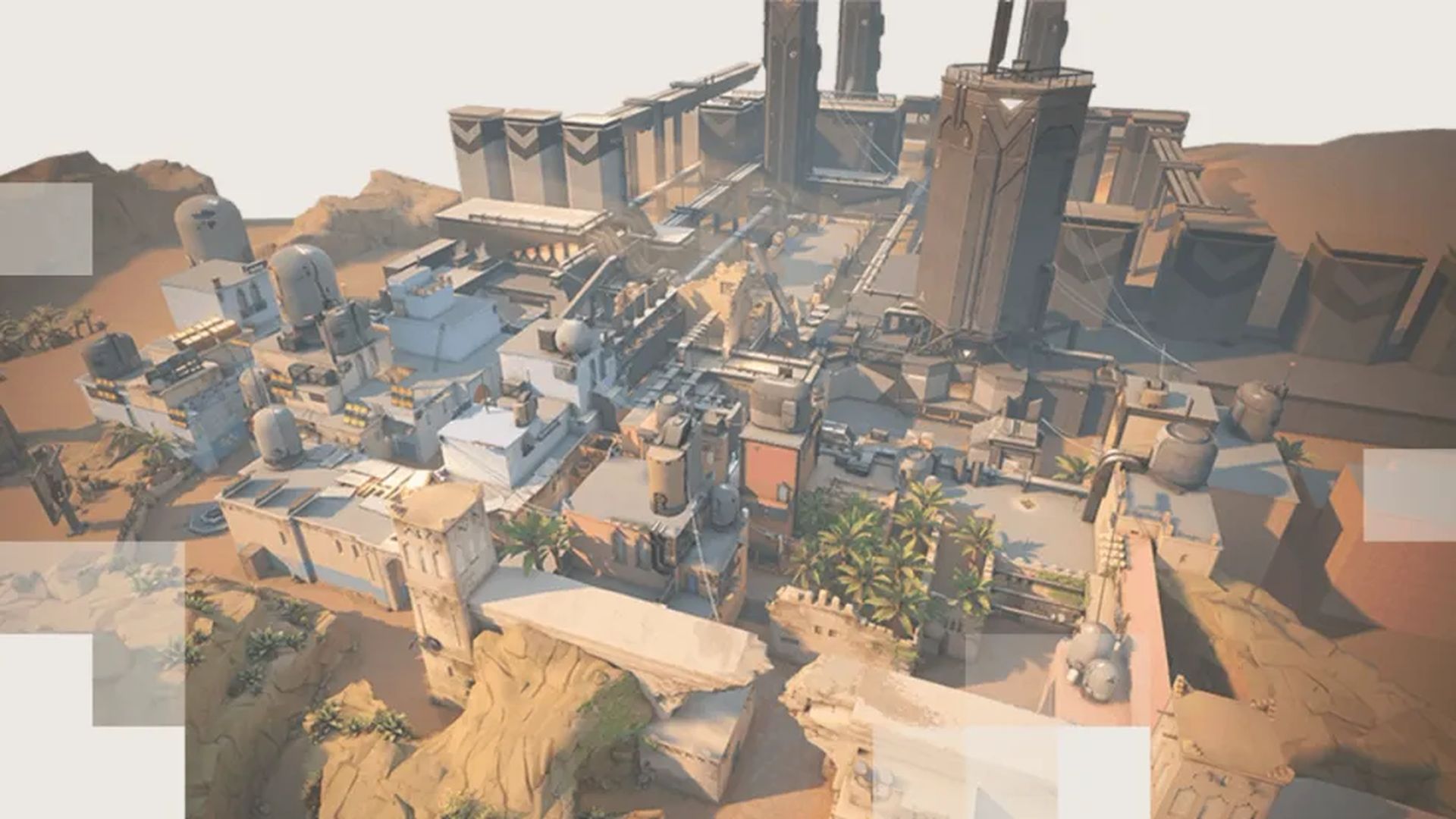
Bind, after a brief hiatus, has made its triumphant return to the Valorant map rotation with a few adjustments. The desert map’s teleporters, a signature element, have been reworked to offer a fresh perspective on gameplay. This has led to a shift in strategies, with close-angle encounters becoming more prevalent.
Agents like Raze and Harbor have found their niche on Bind, thanks to their abilities to capitalize on close-quarters combat. Raze’s Blast Packs and Paint Shells can be used to clear tight corners and create space for her team. Harbor, with his Cove and High Tide abilities, can block off sightlines and create safe passage for his teammates, making him a valuable addition to any composition in this Valorant map rotation.
To succeed on Bind, teams must be adaptable and willing to experiment with different strategies. The teleporters offer unique flanking opportunities, and mastering their usage is essential. Additionally, players should be prepared for close-angle fights and choose agents that excel in such scenarios, making the most out of the current Valorant map rotation.
Lotus: Rotating doors and flanking opportunities
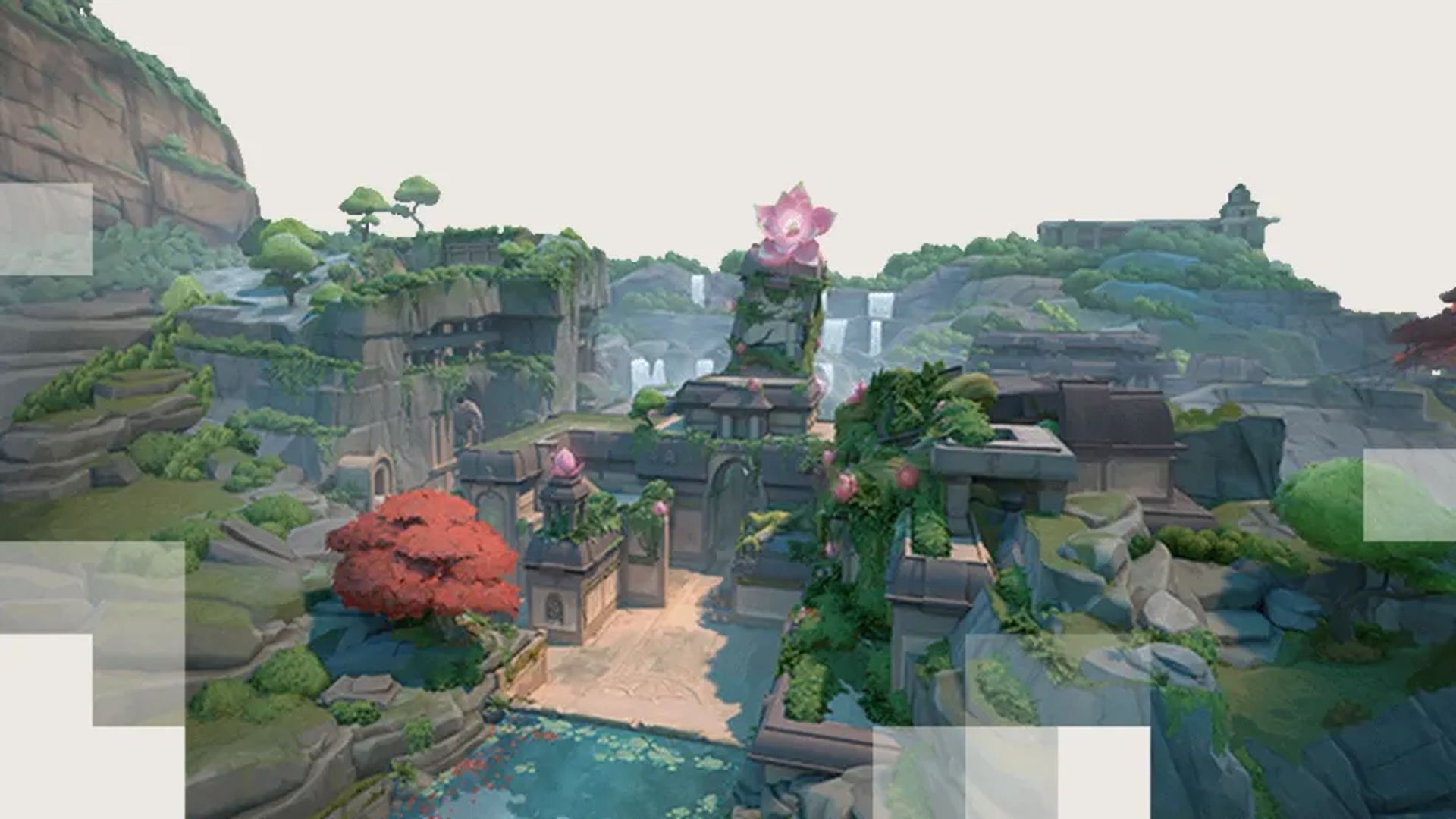
Lotus, a three-site map that builds upon the success of Haven, has become a popular addition to the Valorant map rotation. The map features two rotating doors operated by buttons on either side, as well as a destructible door connecting the B site and A-Main. These doors add an extra layer of complexity to the gameplay, requiring players to adapt their strategies accordingly.
Flanking is a crucial aspect of playing Lotus. The rotating doors and destructible door create numerous opportunities for surprise attacks and unexpected rotations. Agents like Yoru and Skye, with their ability to create distractions and gather information, are invaluable assets for successful flanking maneuvers, making them popular choices in the current Valorant map rotation.
Defending Lotus requires strong communication and coordination between teammates. The multiple entry points and flanking routes can overwhelm defenders if they are not well-prepared. Utilizing traps, smokes, and other utility effectively is crucial for holding sites and denying attackers easy access. The current Valorant map rotation requires defenders to be vigilant and adaptable to Lotus’ unique challenges.
Icebox: Verticality and mid-control

Icebox, after a long absence, has returned to the Valorant map rotation with some significant changes. The B Main entrance has been opened up, while the path from Kitchen to the B site has been closed off. Additionally, a window has been added to the central Tube, providing defenders with more options for holding mid.
The updated Icebox requires players to adjust their strategies, especially when it comes to B site attacks and defenses. The new B Main entrance allows for faster and more aggressive pushes, but defenders can now utilize the Tube window to gather information and delay attackers. These changes have significantly impacted the dynamics of the Valorant map rotation on Icebox.
Verticality continues to be a key factor in Icebox. Agents like Jett and Raze, with their vertical mobility, can easily access high ground and gain an advantage over their opponents. Utilizing ziplines and elevated platforms effectively is crucial for both attacking and defending on Icebox, making it a unique map in the Valorant map rotation.
Sunset: A straightforward approach
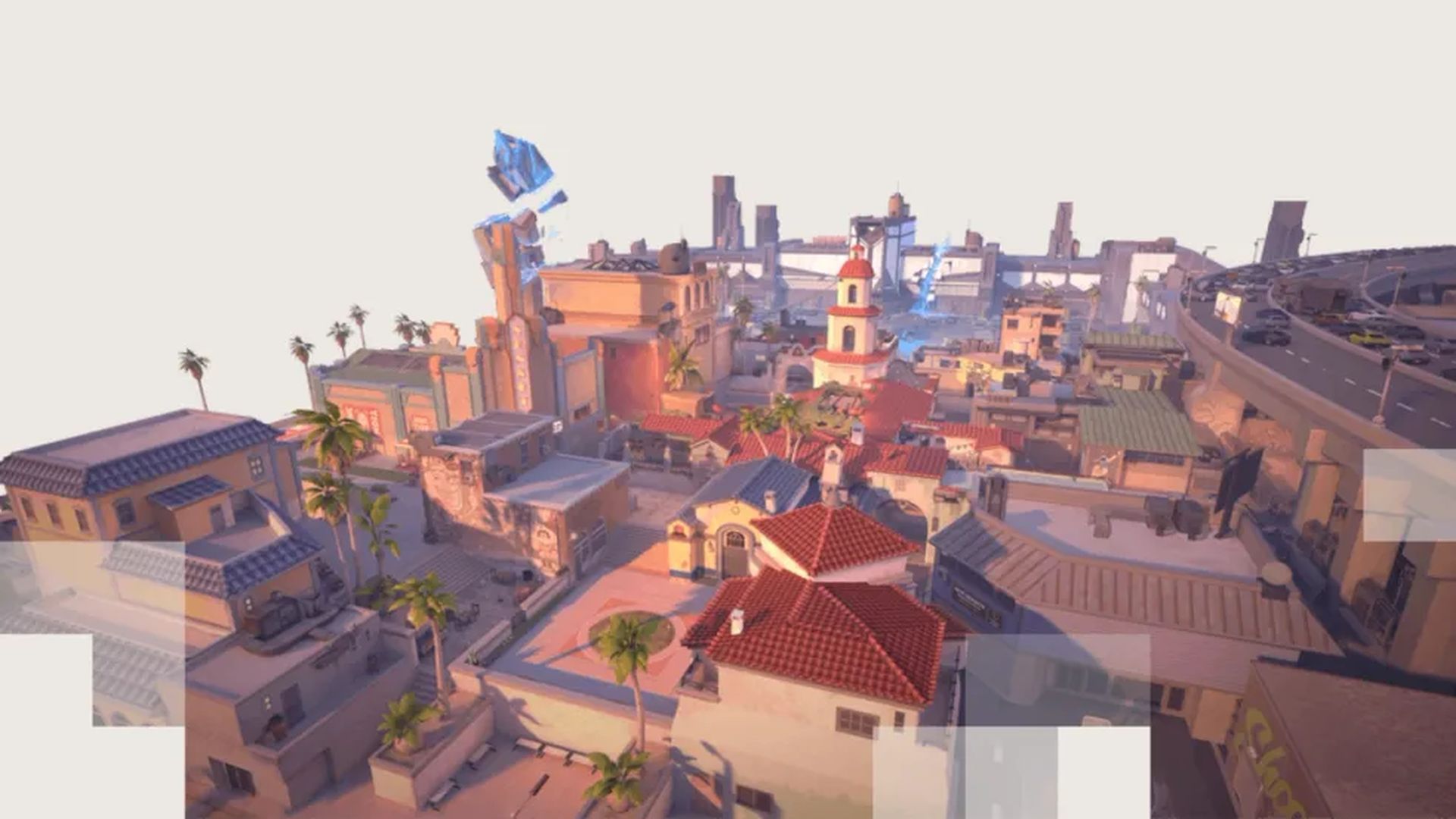
Sunset, inspired by the sunny streets of Los Angeles, is a relatively straightforward map with no major gimmicks, apart from an Ascent-like door connecting mid to B. This door can be opened, closed, or destroyed, adding a tactical element to the map.
Due to its straightforward layout, Sunset emphasizes traditional gunplay and map control. Teams need to focus on winning duels and establishing dominance in key areas. Agents like Reyna and Jett, with their self-sufficient abilities and aggressive playstyles, can thrive on this map, making it a popular choice in the current Valorant map rotation.
Defending Sunset requires a strong understanding of common attack angles and rotations. Utilizing utility effectively to block off sightlines and delay attackers is crucial for holding sites. Additionally, defenders should be prepared to retake sites quickly and efficiently, as Sunset’s layout allows for swift rotations, adding an extra layer of challenge to the Valorant map rotation.
Haven: The beloved three-site map
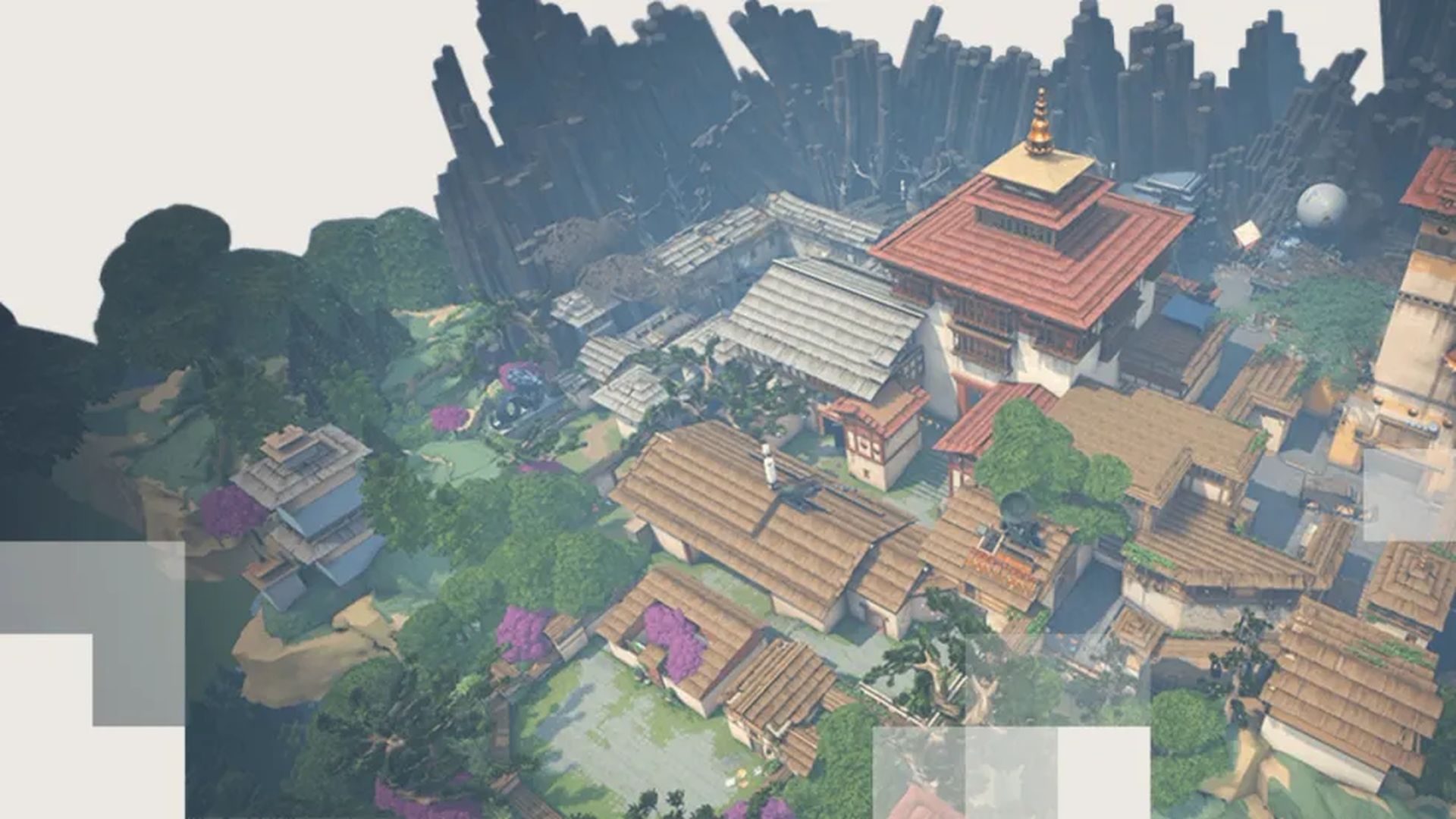
Haven, the original three-site map and a fan favorite, has made its long-awaited return to the Valorant map rotation. Unlike other maps that underwent changes during their hiatus, Haven remains largely untouched. This decision reflects the map’s popularity and its balanced design.
Haven’s three sites provide attackers with multiple options, while defenders face the challenge of covering more ground. Effective communication and coordination are crucial for both sides to succeed on this map. Agents like Viper and Cypher, with their ability to control areas and gather information, are valuable assets for both attacking and defending Haven, making them popular choices in the Valorant map rotation.
The return of Haven to the Valorant map rotation has been met with enthusiasm from the community. The map’s unique layout and balanced design offer a refreshing change of pace from the other maps in the pool. Players who are familiar with Haven will have an advantage, but those who are new to the map will need to quickly learn its intricacies to remain competitive in the current Valorant map rotation.
Is Abyss in competitive right now?
Abyss, the newest addition to Valorant’s map pool, has generated much excitement among players. However, it is important to note that Abyss is not yet in the competitive map rotation. It was officially introduced in Patch 8.11 but will only become part of the competitive map pool in Patch 9.0. In the meantime, players can experience Abyss in Unrated, Swift Play, Spike Rush, Escalation, and a week-long Abyss-only queue.
Abyss is a unique map with a distinctive design. It is characterized by its lack of boundaries and numerous pitfall locations, adding an element of thrill and danger to gameplay. Players must exercise caution and be mindful of their surroundings to avoid falling to their doom. This map is expected to introduce new tactical possibilities and challenges for both attackers and defenders.
When Abyss enters the competitive map rotation, it will undoubtedly shake up the meta and require players to adapt their strategies. The map’s unique features, such as the absence of boundaries and the presence of pitfalls, will necessitate new approaches to map control, agent selection, and overall gameplay. Players who are quick to adapt and develop strategies for Abyss will have a significant advantage in competitive matches.

Key highlights from Valorant patch notes
Aside from the introduction of Abyss, the Valorant patch also includes updates to various agents, gameplay systems, and esports features. These changes aim to enhance the overall gameplay experience, address balance issues, and improve the competitive integrity of the game.
Some notable agent updates include buffs for Iso, Neon, and Reyna, and nerfs for Raze and Clove. These changes are intended to create a more balanced and diverse agent pool, allowing for a wider range of viable options in competitive play. Additionally, the patch introduces new radio command wheels, improving player communication and strategizing during matches.
The patch also includes gameplay system updates, such as the introduction of new player tips for console players and updates to the map pool rotation. These changes are designed to make Valorant more accessible to new players and ensure a balanced and engaging competitive experience for all.
Featured image credit: Riot Games





